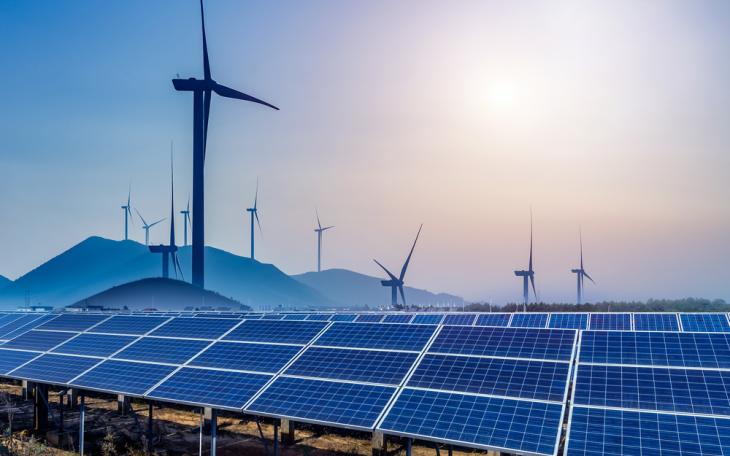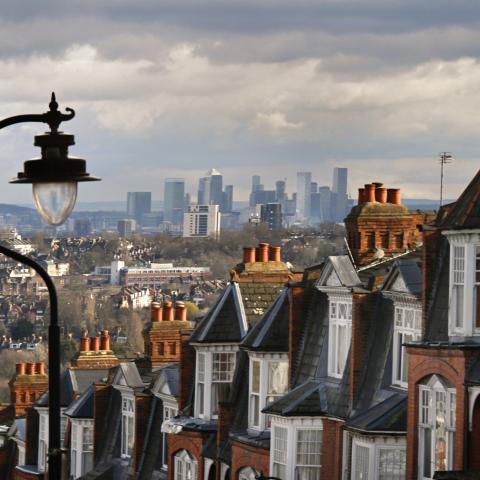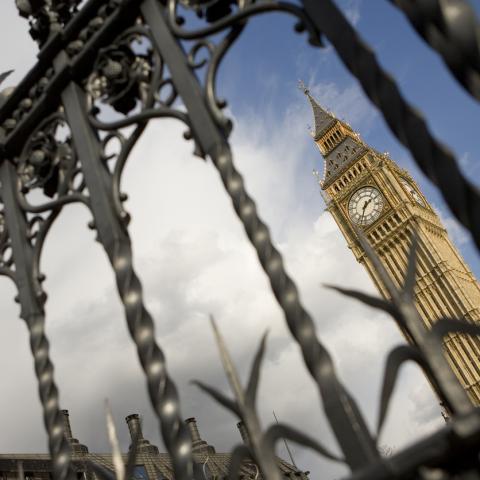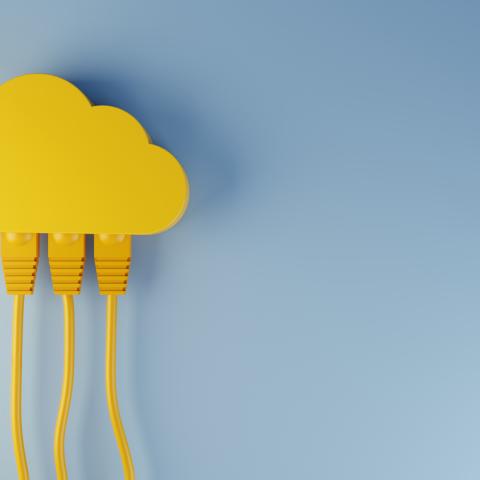Fifty Shades of Green: misleading environmental claims in energy and other markets

By Will McMyn
Many UK energy suppliers say that they provide their customers with green electricity; in fact, over half of the electricity deals now available are marketed as “100% renewable”. Along with the electricity, these companies supply their customers with a warm and fuzzy feeling, the happy belief that they are doing their bit to tackle climate change.
It takes just a couple of minutes online to switch your energy supplier – which is so much more appealing for the average eco-conscious consumer than having to give up jet-setting holidays say, or mouth-watering steak.
But, can it really be that easy to wipe out the environmental impact of your household electricity? Well, inevitably the facts are a bit more complicated – and public understanding of the issue is very low.
All households get their power from the local network which serves their area. This doesn’t change when you switch supplier (otherwise engineers would have to turn up to physically unplug your house from one set of cables and plug it back in to another set, which would be fabulously expensive and outlandishly impractical).
But it’s the job of energy suppliers to put as much power into the system as their customers collectively take out. When you switch supplier, the responsibility for matching your power use passes to a different company.
The suppliers can generate this required power themselves (if they own the right kit), or they can contract with other generators to buy it from them. And if that power comes exclusively from wind and solar farms and the like, then it seems fair that the suppliers should be able to market their deals as 100% renewable.
However, only a handful of suppliers take this purist approach.
The majority of suppliers that offer green tariffs actually buy power from the wholesale market (an anonymous pool of fossil, renewable and nuclear power). Thanks to a quirk of regulation, they can then legally call their tariffs “100% renewable”, as long as they buy up enough certificates (known in the industry as “REGOs” and “GoOs”) to greenwash their power.
These certificates were introduced in 2009 in a well-meaning attempt to help customers understand where their power comes from, but they can be readily and cheaply traded separately from the power they relate to. It costs a supplier less than £1.50 per year to buy enough of these certificates to make the power they supply to an average customer appear green.
So, environmentally-motivated customers who imagine they are getting green electricity fresh from a wind or solar farm, are in most cases getting bog-standard brown power, plus a few more-or-less meaningless certificates.
The practice has been going on for years, but politicians and policymakers have started to wake up to the fact that it’s a case of mis-selling that affects millions of customers – on a scale with the Payment Protection Insurance scandal.
The Energy White Paper, published in December last year, promised a government consultation in 2021 on “how to ensure consumers receive transparent information when choosing an energy product, for example quantifying the additional environmental benefits of a tariff marketed as ‘green’”.
There is also a growing recognition that greenwashing is a serious problem in more markets than just energy. The Financial Conduct Authority – and equivalent EU regulators – are responding to concerns about the green credentials of financial products. And the Competition and Markets Authority is currently looking at misleading environmental claims in relation to goods and services across a very wide range of markets.
Consumers are far more environmentally conscious than just a few years ago. Polling ahead of the 2019 general election, for example, put climate change and the environment among the top-three voter issues for the first time ever, ahead of immigration, education, housing and inequality.
It seems some businesses have been exploiting this consumer zeal – but there is every sign that reform is on the way to close loopholes and ensure greater transparency and consumer confidence. In the meantime, caveat emptor.









